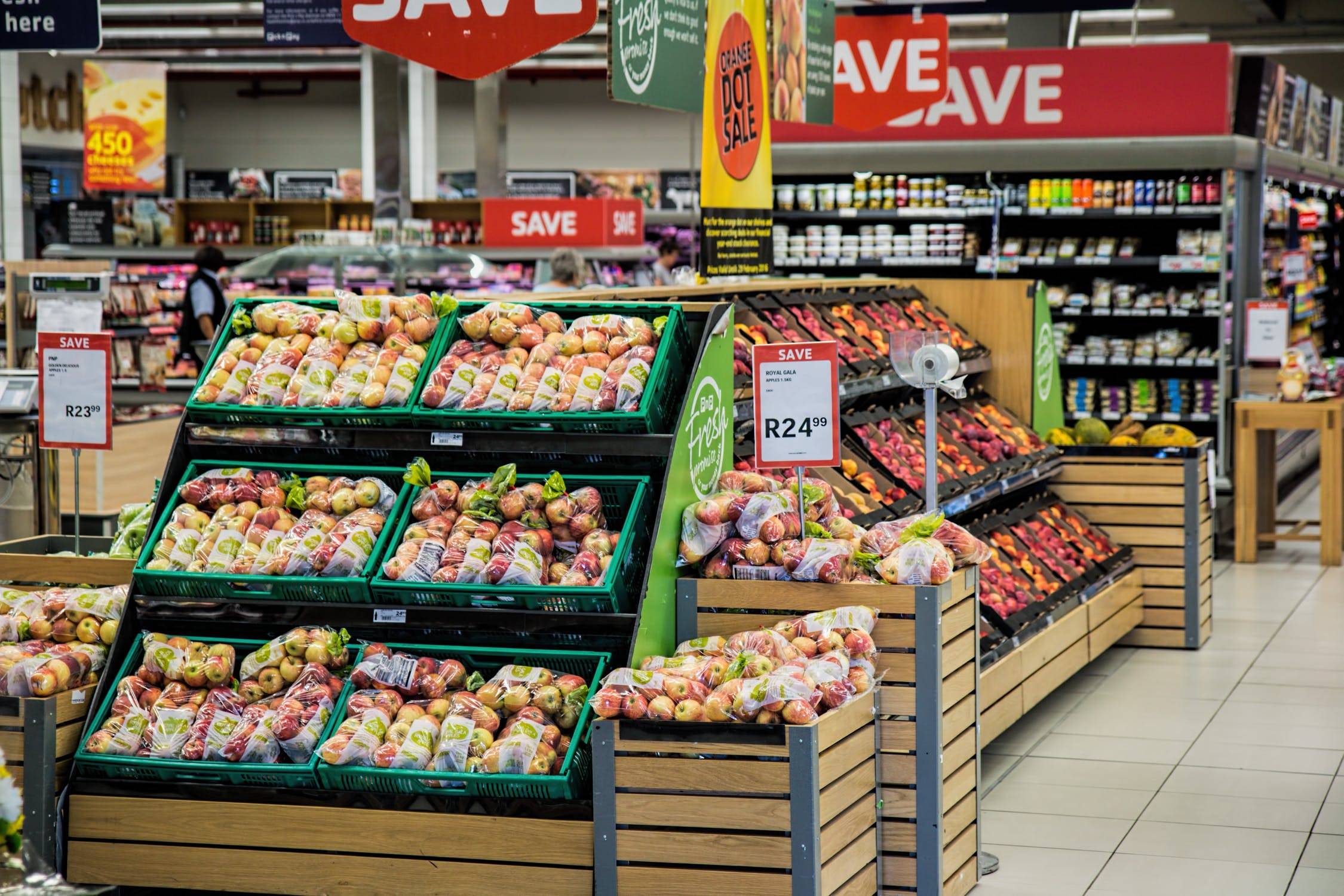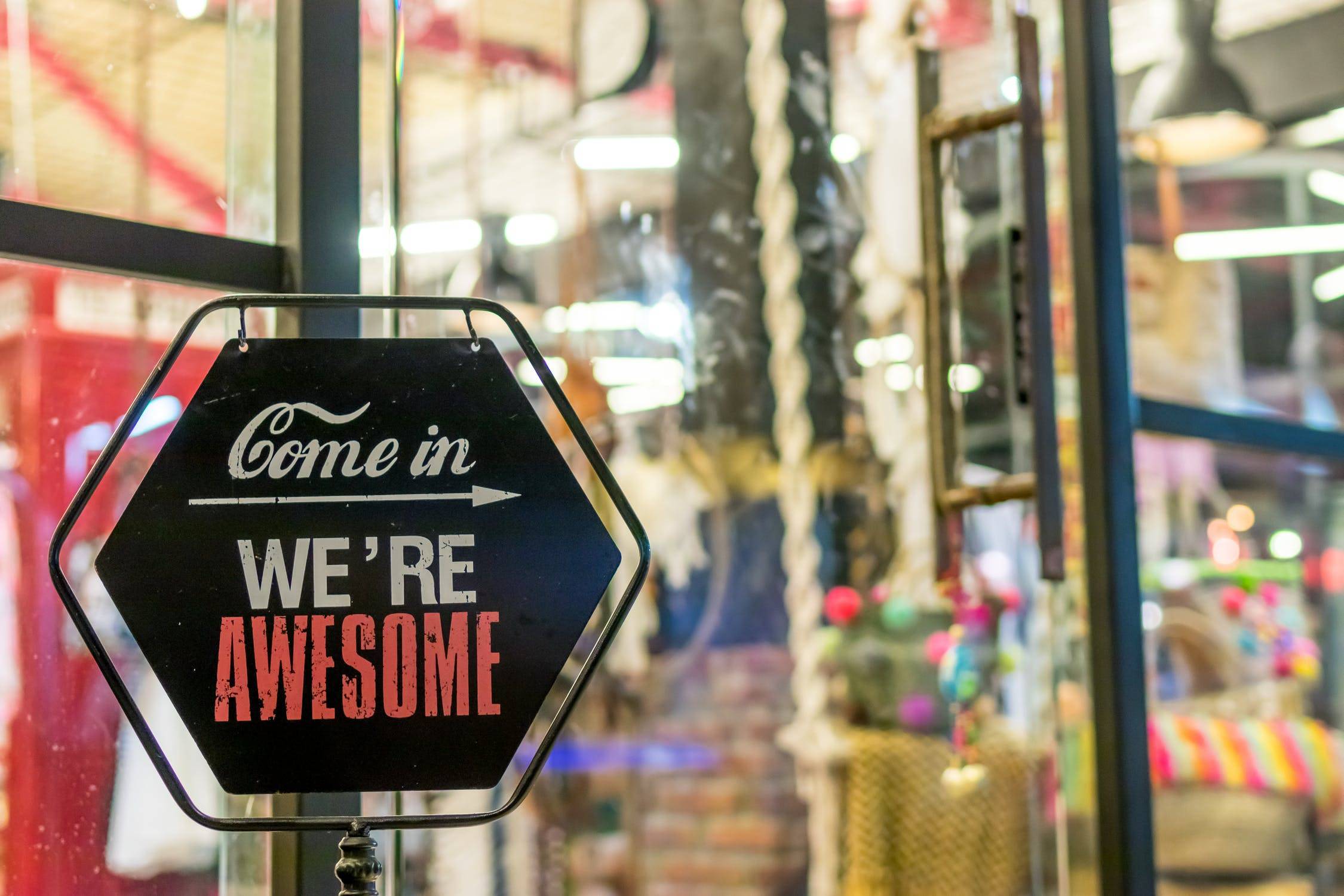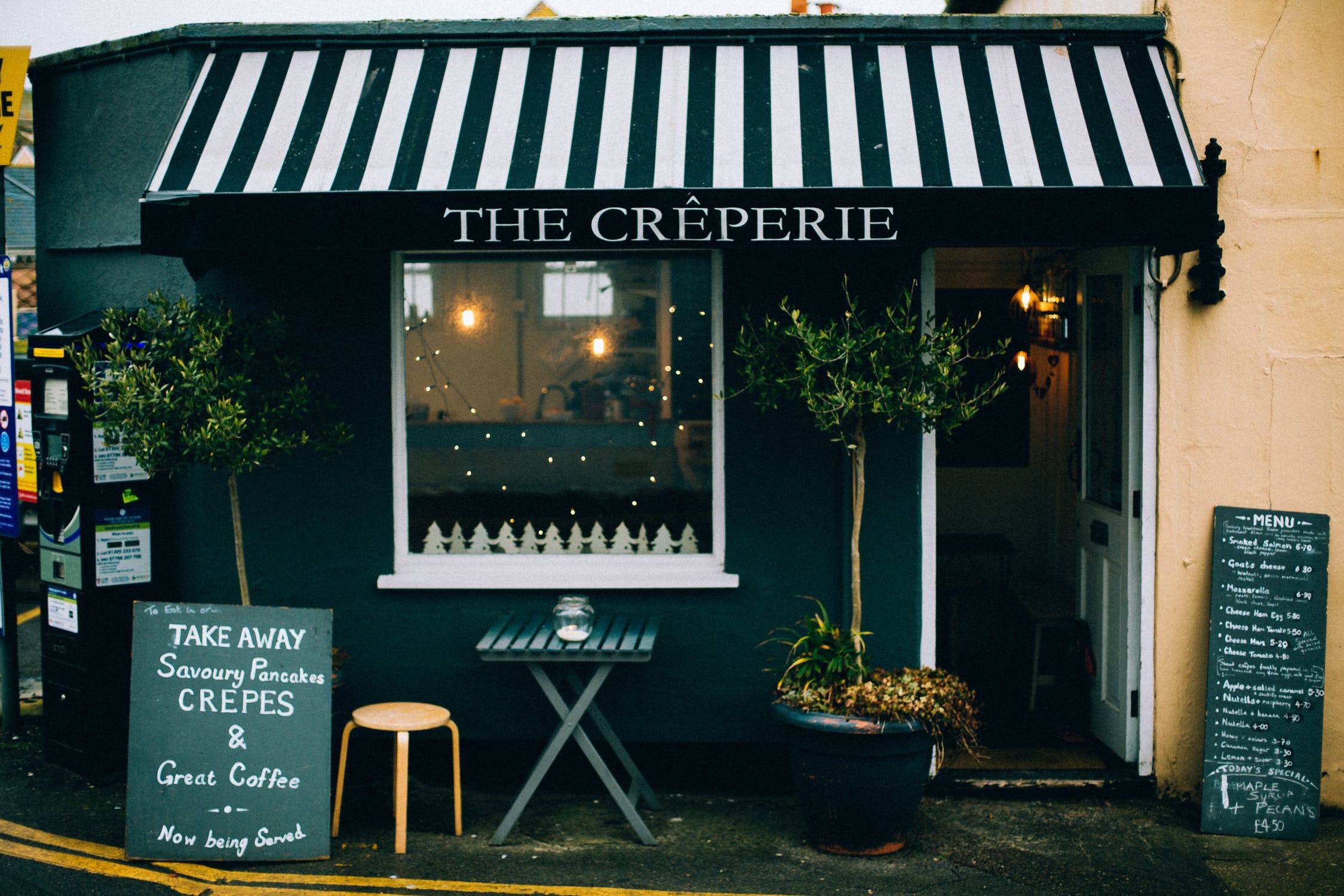When you enter a store, you enter that company’s world. How can you make sure you create an immersive, captivating experience for your customers? That’s where your shop brand identity design comes in.
Brand identity, like most successful marketing components, is emotive. Customers want to feel familiar with your brand. They want a consistent impact. Building this means tapping into the same visuals everywhere: online, in-store, and across your branding. Venveo Branding Expert Beth Pop-Nikolov writes “purchasing is more an emotional decision than a practical one… and brand consistency is part of building positive emotions and trust.” By employing the same marketing and visual formula across mediums, you present yourself as reliable, trustworthy, and consistent. In doing so, you tap into this emotional side of purchasing.
But how to do this? Plaster your logo on the retail counter? If only it was that simple!
Synergising your brand identity across channels is about more than blatant branding. It’s about signage, logo, colour scheme, music, lighting, pop-up displays, bags and even wallpaper choices.

How to brand your retail store.
Some of these may seem odd but bear with us!
Signage!
- Signs are, literally, the first thing that customers see upon entering a store. The font choice, background, and entrance sign are an in-your-face declaration of your brand aesthetic and direction. We offer many brilliant sign printing choices, and you can utilise these in a multitude of ways!
- Banners in front of your store grab both foot and road traffics attention and announce your store’s presence. These signs need to harmonise with your brand graphics and store appearance. Remember, consistency is the biggest buzzword for building a brand image!
- Directional signs around your store drive customers into the retail open arms.
- Remember your window displays! Window displays need to ooze brand identity. As Faith Hope Consolo, Chairman of Douglas Elliman’s Retail Group says “At the entrance to the store, the brand identity needs to be strong; customers want to feel like [they] are entering your world.” To create that world use consistent colour schemes, graphics drawn from your logo style, and displays that echo your innovative identity.
Logo!
- It’s common knowledge that your logo is the surname of your company: it’s everywhere, it’s official, it’s identifying, and it’s all-important for your retail store. Putting your logo on price tickets, receipts, and wallpaper is a surefire way to remind customers whose world they’re in and who they are buying from.
- Wallpaper is an especially powerful way to brand your store with logos. Chanel and Armani are obvious examples of this, using their iconic logos as wallpaper decorations within their stores.
- We offer brilliant printed wallpaper options for a logo feature wall or graphic brand building.
Pop-Up Displays!
- Pop Up displays tie directly into the emotive buying we explored earlier. They remind and grab consumers for an impulse purchase. How? By telling customers about something familiar; something safe; something they trust. They do this by providing a final concrete brand reminder of your brand promise to provide what they need.
- Using Pop Up displays on a counter, or within your store, provides the opportunity to present your best branding face in a significant and immediate scale.
Scent!
- Huh? Scent as a branding choice? It’s true! Scent is the biggest trigger of memory, which is why I always highlighted my exam notes with scented markers. It had nothing to do with my obsession with stationery.
- For inspiration, just walk into any Pandora store. Pandora uses an ambient scent across all stores, which creates the perfect shopping atmosphere!
Colour!
- Colour increases brand recognition by up to 80% according to Bop Design. This isn’t surprising. Elsewhere Printulu has discussed the emotions of colour and how to hack this for your marketing benefit, but let’s remind you!
- Think of the colour red. What springs to mind? Target, Coca-Cola, Red Rooster? These brands have built themselves around a simple colour memory trigger, and now they are synonymous with a universal shade. Talk about sturdy brand building!
Bagging!
- What better way to brand than buy using eco-friendly paper bags to turn your customers into walking advertisers? Check out our paper bags here!
How does all this branding help with emotive and impulse buying?
Prepare for Psychology 101: The Marketing Hack. Building your store to echo your brand hammers in an emotional response. Any and all interaction a person has had with your brand will be distilled into this emotional response. It’s a powerful thing!
I am definitely guilty of an impulse purchase. In fact, CNBC found that 80% of young people made an impulse purchase over the last year. Why do we do it? How do stores convince consumers they need that spur-of-the-moment item?
One way is decoy pricing, which is playing with prices and 2-for-1s to manipulate consumer behaviour. More compelling, however, is the relationship between branding, impulse buying, and happiness.
There have been hundreds of studies into that relationship. Mudassir Husnain conducted a 60 000 word study into this phenomenon. Don’t worry we won’t make you read it! He concluded that packaging that represented an ‘ideal’ was the pivotal factor in impulse buying. He, and Psychologist Seinauskiene, found that ideals weren’t arbitrary. They were the result of an emotional state and direct experience- both of which your store branding creates!
Let’s look at a brand identity case study to break this down: Lululemon.
Apart from the great name, Lululemon has tapped into the elusive Gen X and millennial consumer market with overwhelming success. This is, in part, because of their retail branding and impulse ‘ideal’ promises. Lululemon stores put up a convincing front. Yes; they offer products for sale, but they also provide community spaces, tying in Yoga class demonstrations, mindful areas, and the promises of “community and mindfulness” into their in-store branding. How? Calm colours, relaxing music, pleasant scents, and people-centric window displays. This eases consumers into a feeling of community and connection. Here comes the clincher: Lululemon then offers subscriptions to products and community services at their counter, along with sports gear that serves these ideals and emotional state. The result? Booming repeat sales, and a robust online community all through harmonising branding, emotional states, and impulse psychology.
If you’re looking to brand your store, look no further than our great products! Let us know how this affects your beautiful retail experience.





